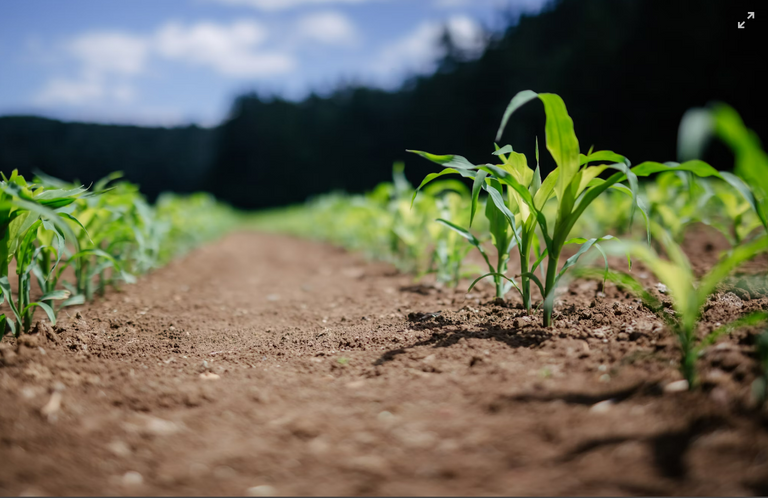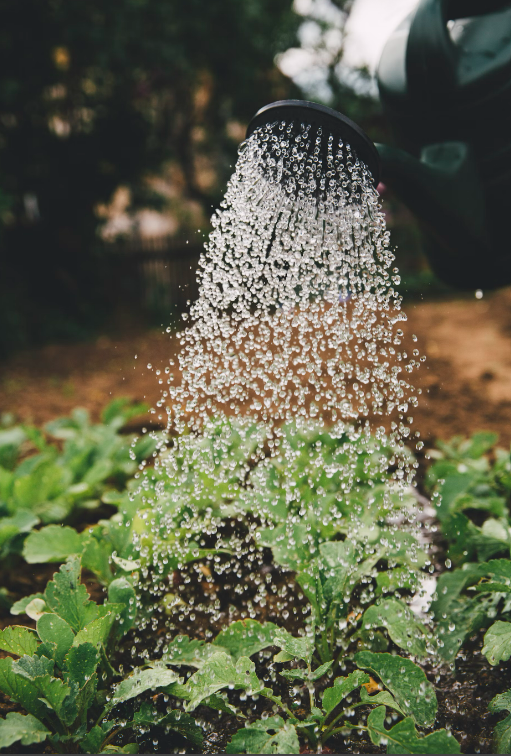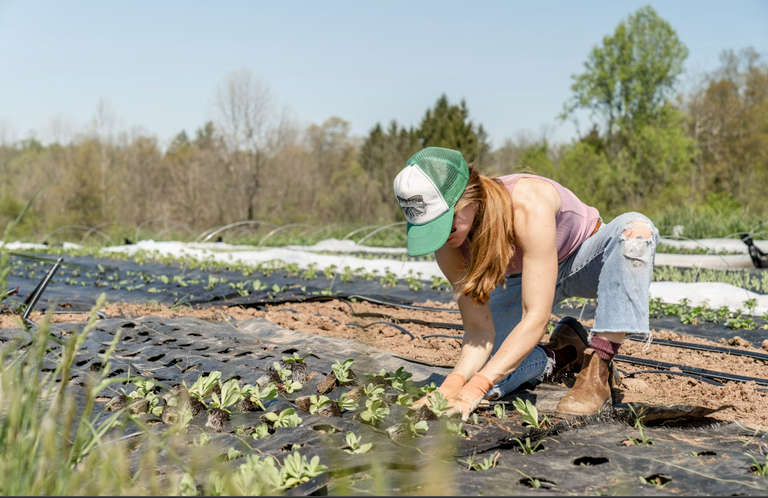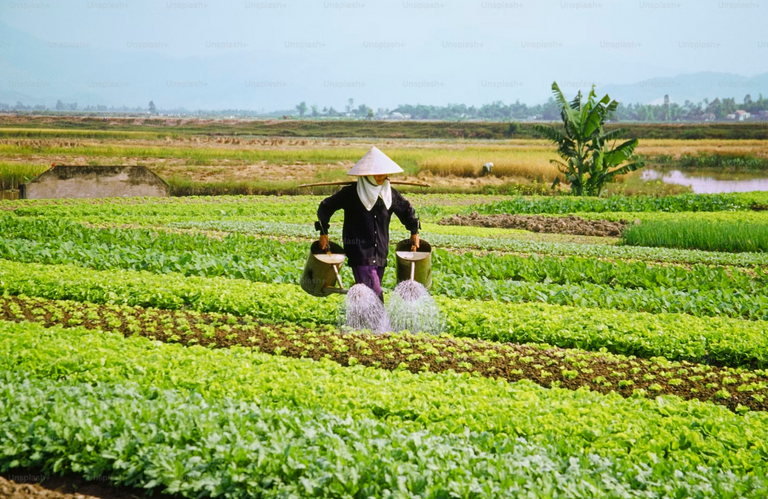The Future of Sustainable Agriculture: Innovations, Challenges, and Solutions
Introduction
As the global population is expected to reach nearly 10 billion by 2050, the demand for food production is set to increase dramatically. However, traditional agricultural methods are facing growing challenges, including climate change, soil degradation, water shortages, and biodiversity loss. Sustainable agriculture is no longer an option—it’s a necessity.
This post explores the key challenges facing agriculture, the most promising innovations shaping the future of food production, and the practical solutions needed to ensure food security while preserving our planet.
The Challenges of Modern Agriculture
1. Climate Change and Extreme Weather
- Rising temperatures, unpredictable rainfall, and extreme weather events (e.g., droughts, hurricanes, and floods) threaten crop yields.
- Changes in climate also affect pest populations and disease outbreaks in plants and livestock.
2. Soil Degradation and Loss of Fertility
- Intensive farming, deforestation, and chemical overuse have degraded nearly 33% of the world’s soil.
- Loss of topsoil reduces the land’s ability to sustain crops and absorb carbon, worsening climate change.
3. Water Scarcity
- Agriculture accounts for about 70% of global freshwater use, making it the largest consumer of water.
- Many regions are already experiencing water shortages, and inefficient irrigation exacerbates the crisis.
4. Loss of Biodiversity
- Large-scale monoculture farming reduces biodiversity and makes crops more vulnerable to pests and diseases.
- The decline of pollinators (such as bees) due to habitat destruction and pesticide use threatens food production.
5. Food Waste and Supply Chain Inefficiencies
- Nearly 30-40% of all food produced globally is wasted due to inefficiencies in harvesting, transportation, storage, and consumption.
- Reducing food waste is one of the most effective ways to improve food security and sustainability.
Innovations Driving Sustainable Agriculture
1. Regenerative Agriculture
Regenerative farming focuses on restoring soil health, increasing biodiversity, and improving ecosystem resilience. It includes:
- Crop rotation & cover crops to restore nutrients in the soil.
- Reduced tilling to prevent soil erosion and carbon loss.
- Agroforestry (planting trees alongside crops) to enhance biodiversity and soil stability.
2. Precision Agriculture and AI
Modern technology is revolutionizing farming through AI-driven precision agriculture, which optimizes resource use and reduces waste. Key technologies include:
- Drones & sensors that monitor soil moisture, plant health, and nutrient levels.
- GPS-guided machinery for accurate planting, watering, and harvesting.
- AI-powered pest detection that enables early intervention without excessive pesticide use.
3. Vertical Farming & Hydroponics
- Vertical farms grow crops in stacked layers, using up to 95% less water than traditional farming.
- Hydroponic and aeroponic systems grow plants without soil, using nutrient-rich water mist or solutions.
- Urban areas are adopting vertical farming to reduce food transportation emissions and increase local food production.
4. Alternative Proteins: Lab-Grown Meat & Plant-Based Foods
- Cultured meat (lab-grown meat) uses animal cells to create real meat without factory farming, reducing land and water use.
- Plant-based proteins (e.g., Beyond Meat, Impossible Foods) offer sustainable alternatives to traditional meat, with lower carbon footprints.
5. Blockchain in Food Supply Chains
Blockchain technology improves traceability and transparency in food production by:
- Ensuring ethical sourcing of agricultural products.
- Reducing fraud and contamination risks.
- Allowing consumers to track food origins from farm to table.
6. CRISPR and Genetic Engineering
Gene-editing tools like CRISPR allow scientists to create drought-resistant, pest-resistant, and higher-yield crops without harmful chemicals. Some applications include:
- Golden Rice enriched with Vitamin A to combat malnutrition.
- Drought-resistant wheat and maize for arid regions.
- Pest-resistant cotton and soybeans, reducing pesticide dependence.
Solutions for a Sustainable Agricultural Future
1. Reducing Chemical Inputs
- Transitioning to organic fertilizers like compost and biochar to improve soil fertility.
- Using biopesticides (natural pest deterrents) instead of synthetic chemicals.
2. Promoting Agroecology and Local Food Systems
- Encouraging small-scale, diversified farms to increase resilience.
- Strengthening farm-to-table supply chains to reduce food miles and emissions.
3. Water Conservation Techniques
- Expanding the use of drip irrigation to minimize water waste.
- Implementing rainwater harvesting and water recycling in farming operations.
4. Encouraging Sustainable Diets
- Shifting towards plant-based and locally sourced foods reduces environmental impact.
- Reducing overconsumption of meat and dairy, which require significant resources.
5. Government Policies and Incentives
- Offering subsidies for sustainable farming practices.
- Creating laws to limit deforestation and protect natural ecosystems.
- Supporting research and innovation in agricultural sustainability.
Conclusion
The future of agriculture must be sustainable, innovative, and resilient. By embracing technology, restoring soil health, conserving water, and rethinking our food systems, we can feed the growing global population without depleting our planet’s resources.
Every choice—from the foods we eat to the policies we support—plays a role in shaping the future of food production.



